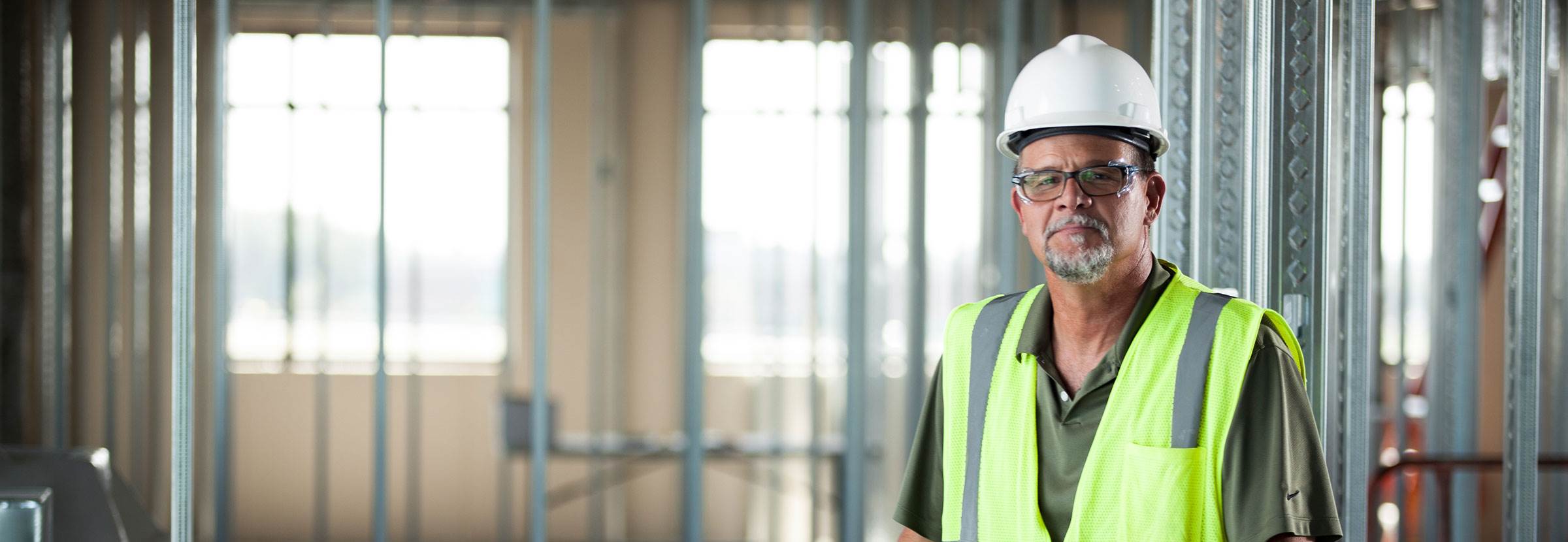Biden Administration Announces New Actions to Spur Conversions of Commercial Properties to Residential Use
The Biden Administration announced several new actions to support the conversion of high-vacancy commercial buildings to residential use, including through new federal financing, technical assistance, and sale of federal properties. In a new blog post, the Administration estimates that 15% of commercial district office buildings in the 105 largest U.S. cities are suitable for residential conversion, offering the potential to add 171,470 units, or almost one half of 2022’s yield of units in multifamily buildings.
Among the many federal actions announced today to facilitate rapid conversion of office properties, the U.S. Department of Transportation released new guidance to states, localities, and developers on how the Transportation Infrastructure Finance and Innovation Act (TIFIA) and Railroad Rehabilitation and Improvement Financing (RRIF) programs—which combined have over $35 billion in available lending capacity—can be used to finance housing development near transportation, including commercial to residential conversion projects. This new guidance is explicit that “constructing a new commercial office building or new housing complex or converting an existing office building to residential use are all examples of eligible RRIF projects.” The guidance further states that TIFIA funds can be used, for example, on “commercial-to-residential conversion projects where a developer rehabilitates a vacant office building and converts it to housing.”
The U.S. Department of Housing and Urban Development released an updated notice on how $10 billion in Community Development Block Grant funding can be used to boost housing supply, including through the acquisition, rehabilitation, and conversion of commercial properties to residential uses and mixed-use development.
Additionally, the Administration issued a “Commercial to Residential Federal Resources Guidebook” that lists over 20 federal programs across six federal agencies that can be used to support conversions. These programs include low-interest loans, loan guarantees, grants, and tax incentives, which, subject to the requirements of each program, may be used together to increase the economic viability of conversion projects.
Finally, through the Better Buildings Initiative, the U.S. Department of Energy launched a commercial to zero emissions housing toolkit that includes technical and financial guidance on how to achieve zero emissions in commercial to residential conversions. The toolkit highlights how tax credits like the energy efficient commercial buildings tax deduction (section 179D), the new energy efficient home tax credit (section 45L), and the clean energy investment tax credit (section 48) can bring more capital to commercial-to-residential conversions.
© 2024 Signatory Wall and Ceiling Contractors Alliance (SWACCA). All rights reserved.
